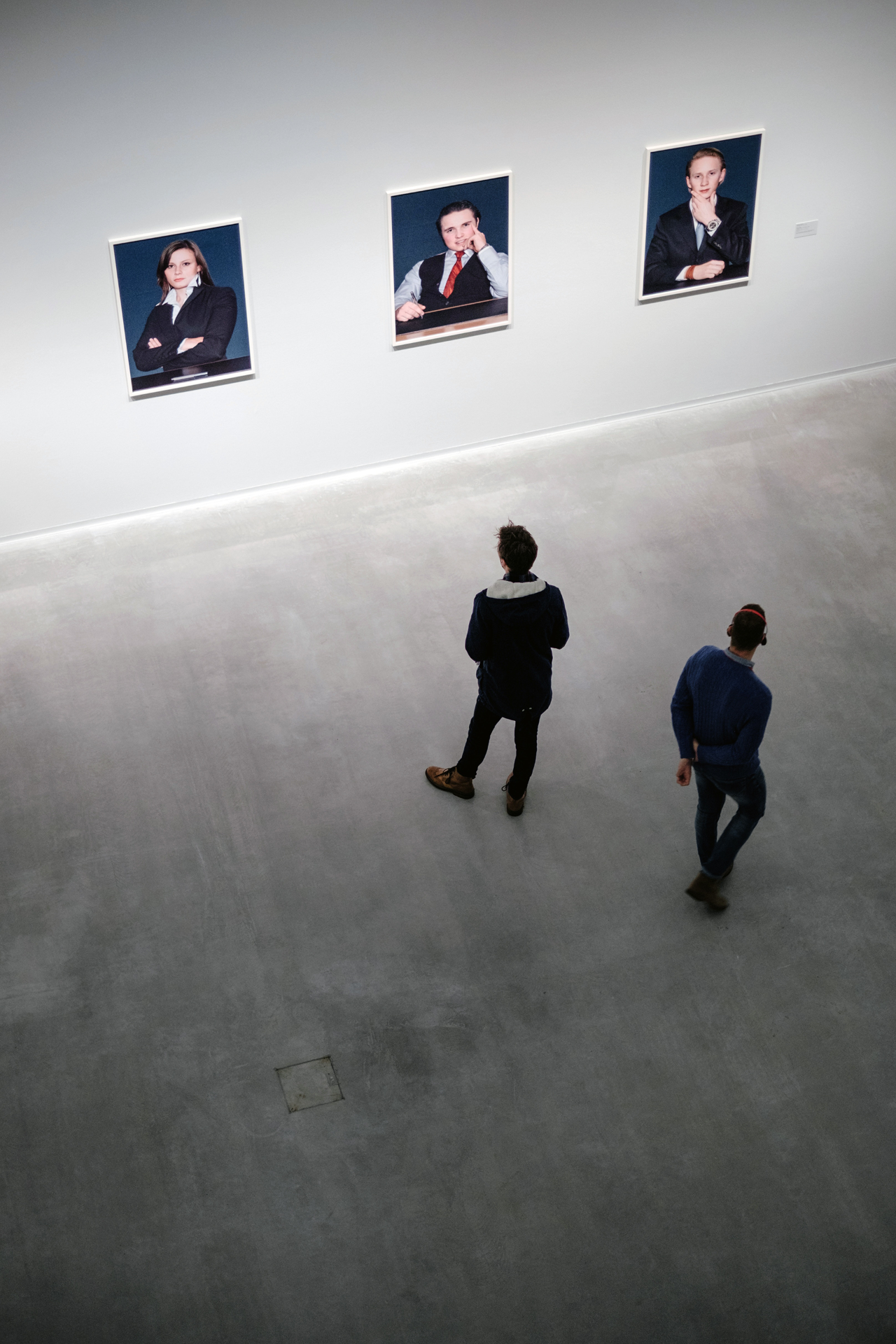Gyokko Ryu Kosshijutsu

Gyokko Ryu Kosshijutsu is from the famous Taijutsu tradition. Its original name is Gyokko Ryu Ninpo. The source of this comes from Hakuun Ryu Ninpo. In ancient Japan, Gyokko Ryu was the oldest school known as Kosshijutsu and is the main of Ninpo Taijutsu. In older times it was known as Shitojutsu (fingertip techniques), later as Kosshijutsu (fingerjoint techniques). Koto Ryu Koppojutsu comes from the Gyokko Ryu Kosshijutsu line. Associated Ryu are Gyokushin Ryu Koppojutsu and Gikan Ryu Koppojutsu strongly connected with the Koga Ryu and the Iga Ryu styles.
Everything known on Gyokko Ryu Kosshijutsu comes from Grandmaster Takamatsu Toshitsugu Sensei's Kuden. The line traces back to the Chinese exiled General Ikai and earlier through its founder, the Chinese lady Martial Artist Cho Gyokko. Ikai taught Gamon Doshi, whose apprentice was Garyu Doshi, who in turn taught Hachiryu Nyudo, the teacher of Tozowa Hakuunsai. Later the Ryu was under the Grandmastership of Momochi Sandayu who passed the jurisdiction onto the Toda clan. In Meiji Era, Grandmaster Toda Shinryuken Sensei passed it on to Grandmaster Takamatsu Toshitsugu Sensei.
Hachiryu Nyudo invented a secret weapon to deflect sword cuts. It was named Kyoketsushoge. An iron ring was attached by a decided length of rope to the weapons handle. Kyoketsushoge means "running the mountain" or "a high jump". Gradually the rope gave way to the chain. Another change was the use of a weight instead of the iron ring. Later different sizes of Kama were used so now we say Kusarigama to the weapon (as it is seen very later).
Later the 5th Togakure Daisuke of Togakure Ninpo took and developed the idea of the weighted chain even further.
Instead of one end, he weighted both ends and developed techniques that allowed free movement. With such, one could quickly disappear, this is a Kuden. From a certain Menkyo of the Gyokko Ryu Ninpo, two balls of a size to be hidden in the hand were used as a distractor in disappearance situations. High philosophic strategy was in the presence of an enemy to be in harmony with him, never challenging but welcome with a smile, never showing a fierce grimace. If battle is unavoidable, don't let him near you, or if he's determined too close then use the extreme Waza to take him down.
Gyokko Ryu training involves the use of "Tenryaku Uchu Gassho" (Heaven and Universe prayer). Heaven is change, which is natural. The Dragon shakes hands with the Tiger. In true fights, the strategies of Heaven (Ten), Earth (Chi) and Man (Jin) are used. There also exists a Gassho Kuji-Kiri with aspects of Kongo (Gold Metal), Suirin (Water Ring) and Kafu Gassho (Fire and Wind). These are Sanpo Gassho or the 3 treasures. Koto Ryu Koppojutsu is the same. Technically there is Sandan Kamae (3 step stances), the Kosshi-Ken (how to punch or hit Kamae and how to use style) have a total of 9 ways. Kosshi Taihenjutsu has Ryuhen (Dragon changes), Kohen (Tiger changes) and Hyohen (Puma changes). As basics in Taijutsu there are Ichimonji, Hicho and Jumonji. The Kata is Koppo Sanryaku Hiden with scrolls titled Joryaku (high level), Churyaku (intermediate level) and Geryaku (lower level).
Other items are Kuraidori (sizing up the situation), Shinshin Shingan (God's heart, God's eyes), Tenmon/Chimon (Heaven/Earth techniques) from which Kuden and Hiden exists. One called "Kuden Hissho Ho" means "Always wins" from Kyohen no Jutsu. The year before Grandmaster Takamatsu Toshitsugu Sensei died, he taught Grandmaster Tanemura Shoto Sensei that Kuden.
Gyokko Ryu has principal Dojo Rules :
• The character "Nin" means to guard the nation, even with one's life.
• Forget self, be patient, fear not dying.
• In danger say or show nothing.
• As strong enemy comes, keep indomitable spirit.
• Serve and protect the Master, as you must your parents.
• Vices dissipate your proficiency.
• Being drunk affects your judgement.
• Destroy the enemy's power but leave his life.
• To other teachers, teach not without the Master's permission.
© Grandmaster Tanemura Tsunehisa Shoto Sensei (BuFu Magazine)

